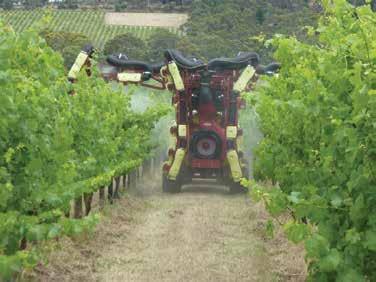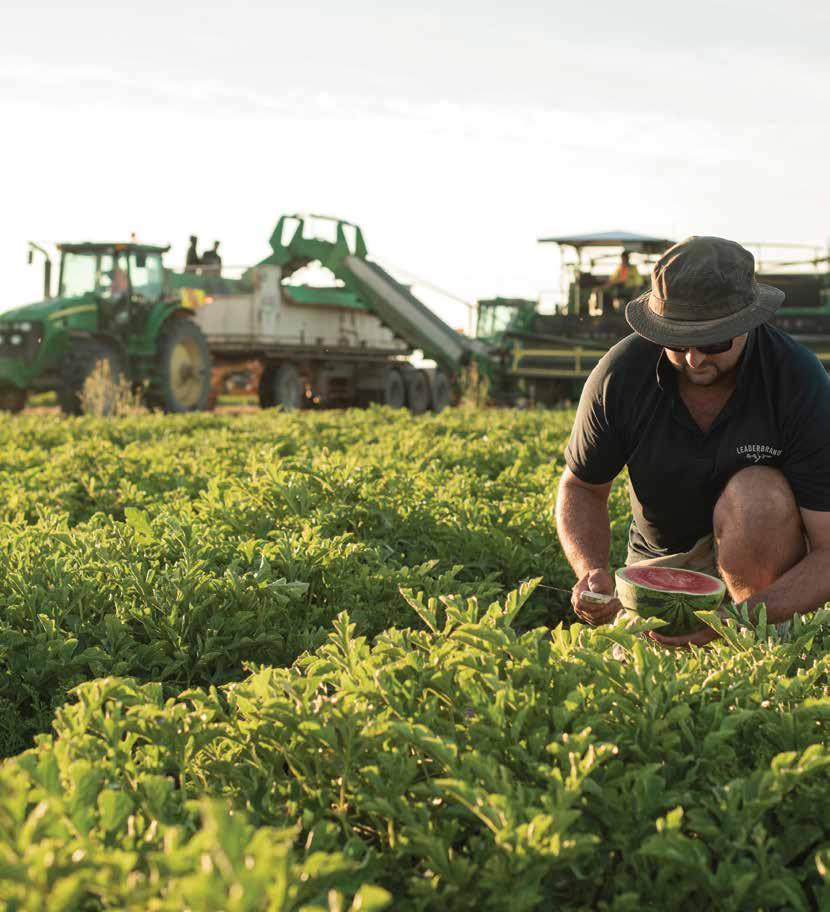
3 minute read
Natural resources and environment
YOUR LEVY AT WORK
INDUSTRY WIDE ISSUES FOR INDUSTRY GOOD
NATURAL RESOURCES
AND ENVIRONMENT
Freshwater Farm Plan pilots in the Waikato, Gisborne and Southland
The Ministry for the Environment (MfE) is drafting new regulations that will set a national direction for Freshwater Farm Plans across the country. These regulations will capture orchards/farms with five or more hectares of horticultural land use, and those with 20 or more hectares of arable/pastoral/mixed land uses. Freshwater Farm Plans will capture all owned and leased land blocks. The planned rollout of the regulations begins in 2023 with three regions – the Waikato, Gisborne and Southland. MfE is looking to undertake pilots in these regions before the end of the year.
Tūtaekurī, Ahuriri, Ngaruroro, Karamū Catchment (TANK) Regional Plan – Decision Notified
The Independent Hearing Panel has made its decision on Proposed Plan Change 9: Regional Resource Management Plan – Tūtaekurī, Ahuriri, Ngaruroro, Karamū Catchment. The decision was notified on 9 September 2022. There are many aspects of the TANK decision that HortNZ supports, however, we have made a targeted appeal to seek clarity for growers.
HortNZ and Good Agricultural Practice (GAP) are engaging with MfE to get it to recognise industry assurance programmes like GAP to deliver Freshwater Farm Plans. We are working with growers and councils to run parallel pilots using GAP to deliver on regulated freshwater outcomes. If you grow in the Waikato, Gisborne or Southland, and you have been contacted by your council to participate in a Freshwater Farm Plan pilot, please contact HortNZ and we can support you. You can also visit our website to read more and register for a Freshwater Farm Plan webinar in November or December.
The key aspects of the HortNZ appeal are to ensure that:
the location and extent of source protection zones/extents take into account the location of highly productive land the land use change framework is clear, consistent and workable they allow for rootstock survival water to be taken as a permitted activity during times of low flow
the plans facilitate the operation of stream flow maintenance and habitat enhancement schemes.
HortNZ has a submitted on this plan change. We support the focus on residual risk associated with the location of facilities that use, store and dispose of hazardous substances. We also sought minor amendments to define and manage residuals risks.
Far North District Plan
HortNZ submitted on the Far North District Plan. We sought the following outcomes: • Definitions and rules that recognise the importance of primary production ∙ Reverse sensitivity ∙ Ancillary earthworks ∙ Seasonal accommodation ∙ Greenhouse ∙ Artificial crop protection and crop protection structures. • Provisions that recognise highly productive land in line with the National Policy Statement for Highly
Productive Land • Strategic direction that provides for primary production and which is not compromised by other activities • Requirement for councils to undertake indigenous biodiversity mapping and not landowners • Less restrictive operating rules for audible bird scarer devices and frost fans • Provisions for activities and buildings/structures that are an inherent part of horticulture • Appropriate setbacks for dwellings, buildings and artificial crop protection structures from boundaries.

Whakatane District Plan Change 6 – audible bird scarers
HortNZ also submitted on this plan change and sought the following outcomes. are appropriate for the rural operating environment and that compliance with such noise limits can be enforced. We also recognise that there needs to be a balance between providing for horticulture activities and resident amenities. It is HortNZ and NZKGI’s contention that PC6 is inappropriately balanced towards residents and will have a negative impact on horticulture production in Whakatane. Of specific concern to HortNZ and NZKGI is the monitoring undertaken by the council detailed in the Section 32 Report. It has not been robustly confirmed that the issue in Whakatane relates to audible bird scaring devices that comply with the operative limits or whether the issue relates to non-compliance.

HortNZ and New Zealand Kiwifruit Growers Incorporated (NZKGI) opposes proposed Plan Change 6 (PC6) in its entirety and seek withdrawal of proposed PC6. HortNZ and NZKGI accepts the need for provisions in the district plan regarding noise levels to ensure they
YOUR INDUSTRY
ACROSS THE SECTOR – ACROSS THE COUNTRY
18 WATERMELON SUMMER











